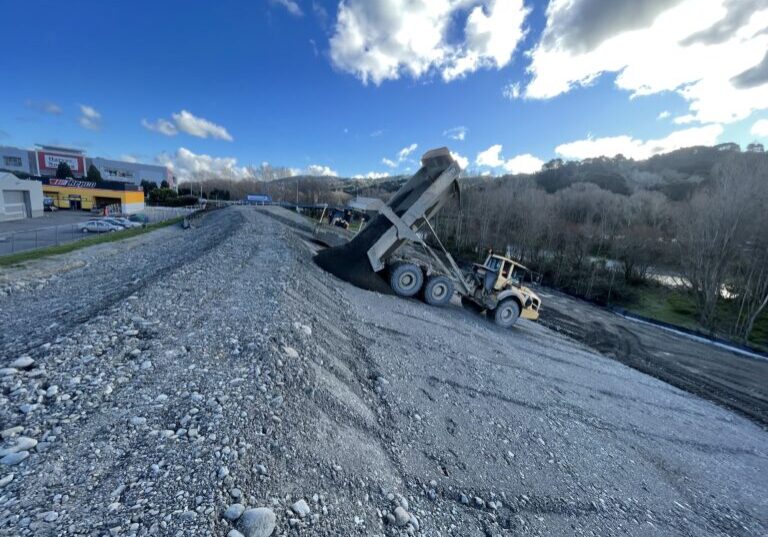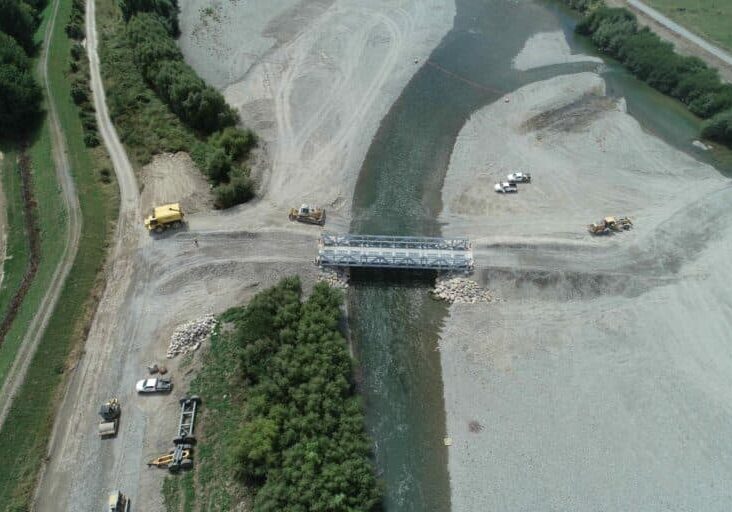Kate Valley Landfill and Energy Park (Phase 2)

Project Info
Client: Waste Management NZ (WM)
Collaborators: Canterbury Waste Services (CWS), Geotechnics, Eliot Sinclair
Project Description
Key Project Challenges
Working adjacent to an operational landfill
Tight specification tolerances for final batter
Key Achievements
The Canterbury team were able to successfully complete the required earthworks for cell 2A-3 on time and in line with the client’s programme and expectations. This work included clearing existing vegetation, removing approximately 10,500m3 of unsuitable material and topsoil and the placement of 29,000m3 of fill.
Due to the nature of the landfill liner, there were tight tolerances to meet in terms of final profiles. GPS was used extensively throughout the filling process to ensure the specification tolerances would be met.
Active and operational landfill
The construction of the 2A-3 cell was adjacent to another landfill cell that was actively being filled with waste from the Canterbury region.
This waste was trucked into position and compacted by the CWS earthworks and landfill teams. Careful consideration had to be given to CWS movements on site to maintain a steady stream of waste.
To solve this a site traffic management plan was created to delineate work zones and Taylors haul routes and shared haul routes. This plan was developed in conjunction with the CWS teams and WM.
Specification tolerances
Excavation of unsuitable material and topsoil from the cell had to be completed and signed off prior to the placement of fill.
Each layer of fill had to be excavated from a borrow site, trucked to the cell, placed and finally compacted with the 825 compactor in layers with each layer being density tested. The final 1:3 batter slope had to be compacted and trimmed within 25mm of design.
To achieve this the batter was over built and successively trimmed with the D6 dozer and 14m grader using GPS, with the design model displayed in each of the machines.
Periodic checks were completed with a GPS rover. When the batter was finally ready the cell was flown with a drone and the entire cell checked against the design.
This ensured that when the subsequent liner layers were installed the batter was free from undulations that could potentially bridge and break the liner from the weight of waste above.










